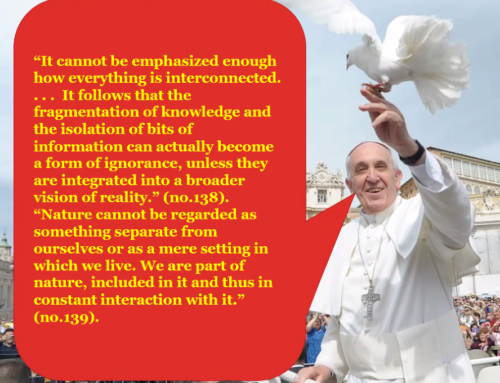The book gives a popular description of the cosmogenesis as viewed by the modern science, but with a teleological twist putting homo sapiens into a cosmic perspective. The appearance of human species is considered as a final step in a long succession of events from the Big Bang to present times. Starting from a structureless state of the newborn Universe the cosmogenesis then goes through the succession of aeons (“days”) characterized by increased complexity of the emergent structures culminating in the appearance of the most complex physical objects presently known—human brains. Each “day” prepares a ground for the next breakthrough in complexity. It is demonstrated that appearance of ever more complex structures cannot be taken for granted, but is highly conditional on a very special structure of the laws of physics. The book begins with a discussion of ontological status of the laws with an emphasis on their atemporality and universality. The reader is lead to conclusion that the laws of nature as they are understood by physics, constitute an intelligible logical structure on which the material world is built. This is tantamount to the statement that the Universe is ruled by Reason (Logos). Moreover, the atemporality and universality of the laws make them not just life-, but knowledge-friendly opening the possibility for human mind, formed and trained in the restricted environment of our small planet to generalize our knowledge on objects and situations laying far outside of this environment. This knowledge-friendliness of the Universe transforms human beings from local to cosmic actors.

